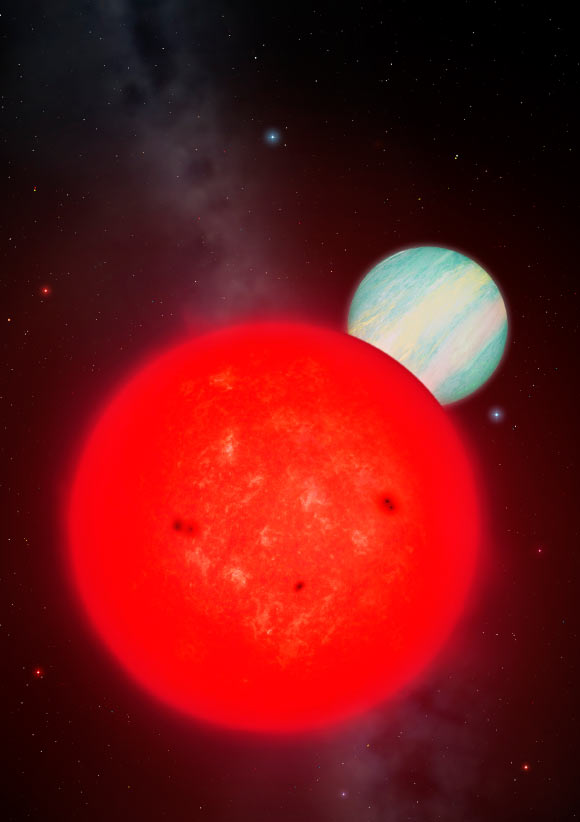Now Reading: Massive Exoplanet Discovered Around Low-Mass Star TOI-6894
-
01
Massive Exoplanet Discovered Around Low-Mass Star TOI-6894
Massive Exoplanet Discovered Around Low-Mass Star TOI-6894

### Swift Summary
– Finding of TOI-6894b, an exoplanet 86% the size of Jupiter, orbiting a low-mass red dwarf star (0.2 solar mass) in the constellation Leo, approximately 238 light-years away from Earth.- Identified during NASA’s TESS survey and confirmed using ESO’s Very Large Telescope (VLT).
– TOI-6894b is notable for being a giant planet transiting the lowest mass star known to host such a planet.
– The parent star is just 60% the size of the next smallest known star with a transiting giant planet.
– This discovery challenges current theories on gas giant formation due to limited protoplanetary disk material around low-mass stars.
– proposed formation mechanisms for TOI-6894b include intermediate core-accretion processes or gravitationally unstable disks; neither fully explains its existence given available data.- Atmospheric characteristics suggest methane chemistry dominance and possibly detectable ammonia – rare in current exoplanet studies.

—
### Indian Opinion Analysis
TOI-6894b stands out as an remarkable find that reshapes our understanding of planetary formation around low-mass stars like red dwarfs, which are most common in our galaxy. Its unique characteristics demand revisiting established theoretical models such as core accretion while fostering exploration into alternative explanations involving dynamically unstable protoplanetary environments.
For India specifically, this discovery underscores exciting avenues within astrophysics and space science research amidst burgeoning national ambitions in outer space exploration, including ISRO’s growing influence globally via missions like Aditya-L1 and Gaganyaan programs.
India could aim to deepen scientific collaborations with global agencies helping elucidate mysteries surrounding exotic celestial phenomena like TOI planets enabling long-term comprehension vital broader human-path continuity cosmic realms envision front-goer acknowledgment spacescience especially STEM youth academia fascinated dynamics formations unexplored-universe complexities vast intersky collaborations deepened Global-stakes aspirations benchmarks positioning observed newer-species advancements-furtherment specialist-intimacy pursuits humanity bridging sophistication uncertainties backyard galaxies frontier-groundIndia Understanding.
[Read More](https://www.sci.news/astronomy/giant-exoplanet-low-mass-star-toi-6894–1396

























